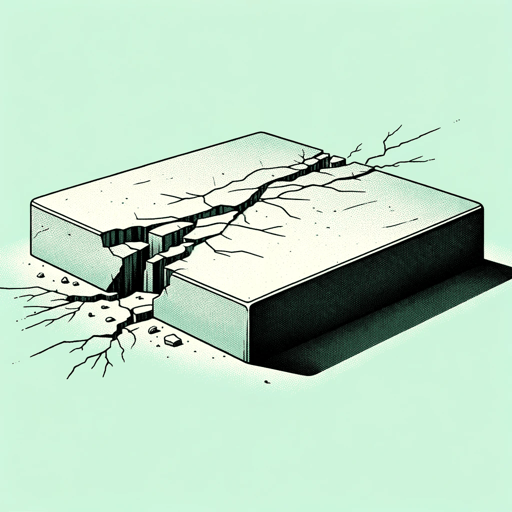52 pages • 1 hour read
Mike DavisLate Victorian Holocausts: El Niño Famines and the Making of the Third World
Nonfiction | Book | Adult | Published in 2000A modern alternative to SparkNotes and CliffsNotes, SuperSummary offers high-quality Study Guides with detailed chapter summaries and analysis of major themes, characters, and more.
Part 4, Chapters 9-12Chapter Summaries & Analyses
Chapter 9 Summary
The consequences of climate shifts are not “accidental” (296). There are local explanations for ENSO’s cycle and regional effects, and “ENSO is an episodically potent force in the history of tropical humanity” (296). However, El Niño’s cycles of drought and flood did not have to lead to such high death tolls during the late Victorian period. Imperialism played a key role in exacerbating climate’s effects.
Droughts, floods, and mass hunger existed prior to the crises of the late 19th century. However, India and China, for example, were better equipped to deal with these earlier disasters and render effective aid and infrastructure management, providing a buffer against severe devastation and loss of life. For example, during the ENSO-induced drought of the mid-18th century, Qing China distributed rations from grain stores freely while members of the gentry established “soup kitchens” in their localities (297). The state also moved food stores to impacted areas where there was not enough grain stored to distribute, using the well-maintained Grand Canal. Europeans, conversely, suffered mass mortality during the same period “while the Qing were honoring their social contract […]” (297). Other similar famine-prevention efforts are documented in China’s historical records. Moreover, 18th-century Qing rulers took a direct interest in affairs like canal management, irrigation works, and regulation of grain prices.
Related Titles
By Mike Davis



